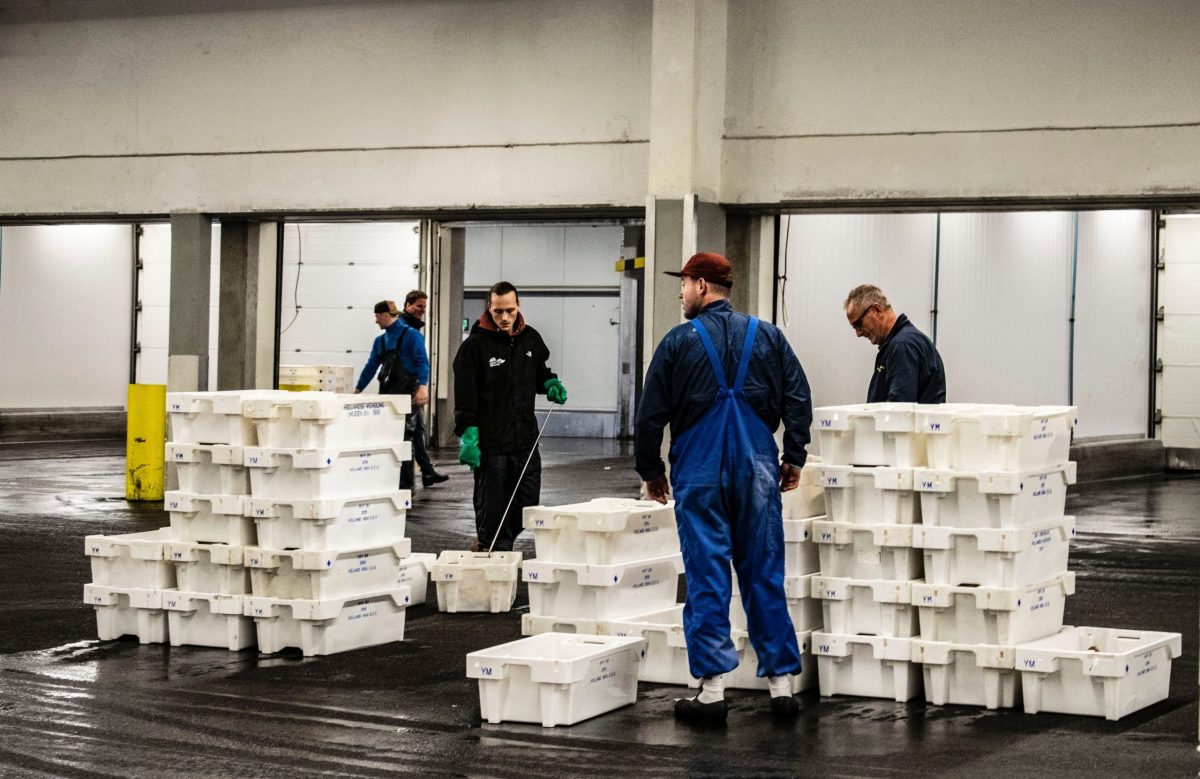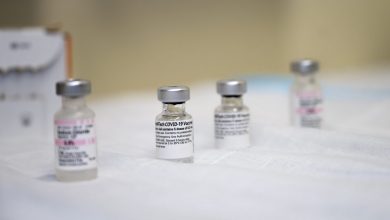Tips on managing COVID-19 risks from packaged food
Siddharth Sridhar, clinical assistant professor from HKU ’s Department of Microbiology suggested some measures to lower the risk of contacting Covid-19 via packaged food in an article published on his Facebook on 15 August, 2020. Below is the full article.

Recently, we have been hearing a lot about frozen food and food packages testing positive for SARS-CoV-2 by PCR. PCR tests only detect fragments of viral RNA, and cannot tell if the virus is viable (‘alive’) or not.
So, what is the risk of catching COVID-19 from contaminated food or food packaging? The risk is extremely low, but not zero. Factors driving this risk are as follows.
1. Meatpackers in countries with high COVID-19 transmission are high-risk groups for catching the infection due to crowded working conditions (Dyal JW et al, MMWR, 2020). They may theoretically contaminate food or food packaging. The positive RT-PCR tests probably proves that this happens occasionally.
2. SARS-CoV-2 can probably remain viable on plastic or metallic surfaces for a few days (Chin AWH et al, Lancet Microbe, 2020). Refrigeration or freezing would boost survival. However, most of the virus would probably degenerate if shipping/ storage times are longer than a week.
3. If such products are handled by customers without due attention to hand hygiene, there is a theoretical risk of inoculation to the eyes, mouth or nose. Inoculation of virus into the mouth can probably cause infection, as shown in animal models (Zhang AJX et al, SSRN pre-print, 2020).
So, for COVID-19 to be transmitted via food products, a number of things have to happen. An infected handler has to heavily contaminate a product, which has to be shipped quickly to its end-user who must handle/ consume it without cooking or attention to hand hygiene. The odds of all these happening are low and so, transmission via contaminated food products is probably pretty uncommon compared to droplet transmission.
I don’t advice increased testing of food packaging because it is the equivalent of looking for a needle in a haystack. You can’t screen every single product and even finding a positive one by PCR is difficult to interpret. Virus culture on swabs is an option, but the relevance of a culture result has its own uncertainties.
Also, some simple measures should dramatically lower the risk:

1. Don’t touch mouth, eyes or nose while handling food packages or produce. Wash your hands after handling these items.
2. Wash fresh produce thoroughly in running water. I don’t advocate detergents for food items, because the added benefits from such disinfectants is uncertain and their activities against coronaviruses is usually unknown. However, you could consider a quick surface disinfection of cans or plastic bottles purchased from the supermarket.
3. Cook food thoroughly. Cooking in high heat will rapidly destroy SARS-CoV-2. Remember cooking is also the basic defence against other nasties like multi-drug resistant bacteria lurking in produce and meat products.
So, in summary, there is a very low theoretical risk of catching COVID-19 from food products, but this risk is manageable by basic food hygiene measures. Transmission in restaurants is linked to droplets, contaminated surfaces and short-range airborne transmission rather than contaminated food.



